The notepad: Asad Mian
An ER physician and a writer/blogger/innovator whenever he’s off shares his favourite books
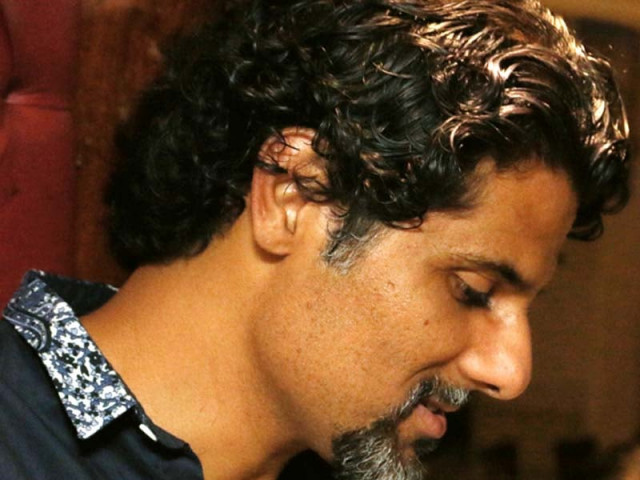
The notepad: Asad Mian
The Wind-Up Bird Chronicle by Haruki Murakami
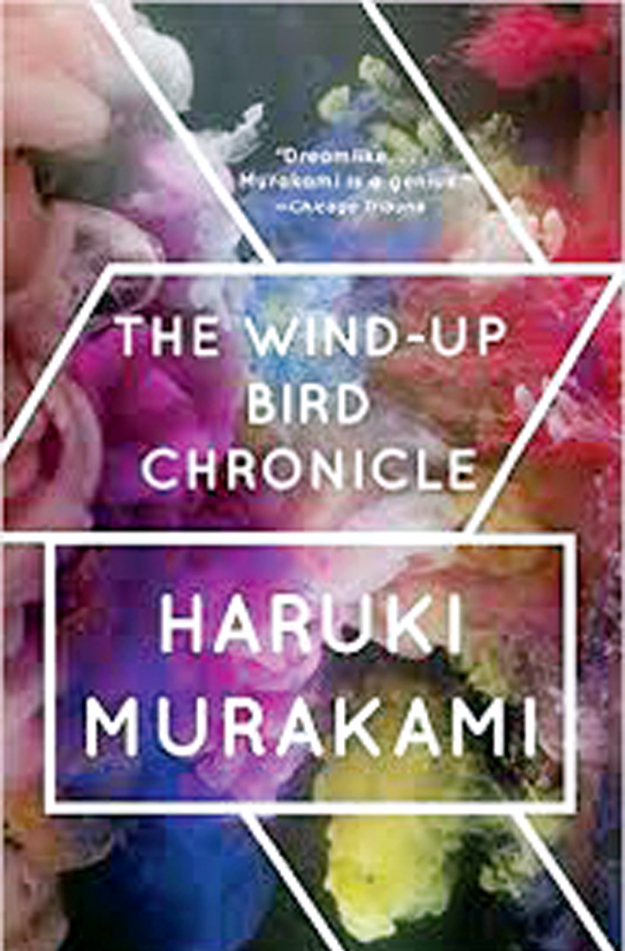
What’s common between a missing cat and a missing wife in The Wind-Up Bird Chronicle? Answer: Both belong to the protagonist and narrator in this book. The narrator is a pacifist to a pathological degree and that annoys the reader in me. The fact that I can have such real emotions for a mere character in a book shows that Murakami is simply a genius. If you like irrationality, then this book is for you.
The Forty Rules of Love by Elif Shafak
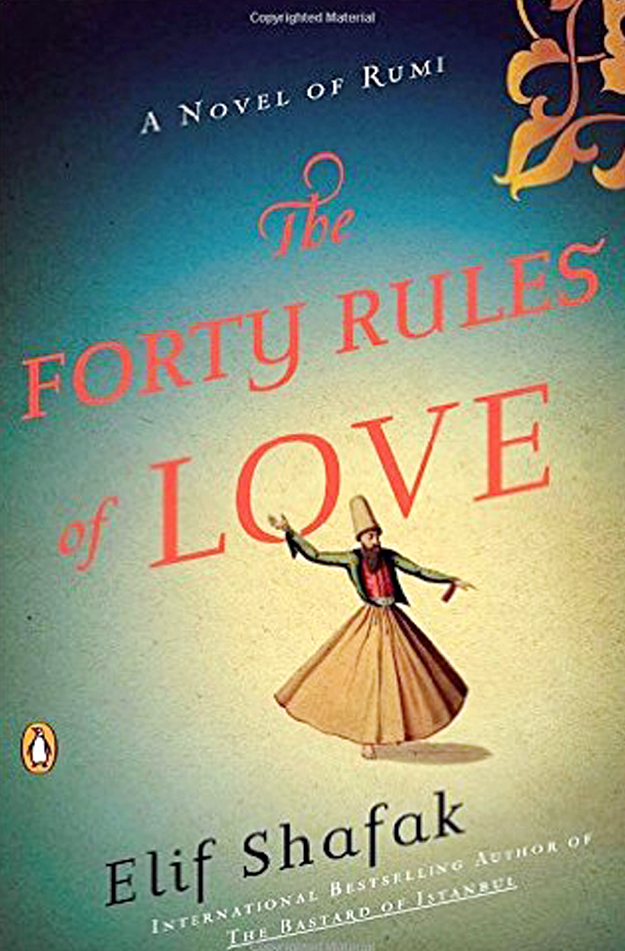
The way Shafak put the interaction of Ella and Zahara, the two 21st century characters, against the backdrop of 12th century powerhouses Jalaldin Rumi and Shams of Tabriz, was simply brilliant. The description of how Rumi, the most revered Sufi mystic poet, was first sought out and then transformed by his spiritual companion Shams, was superbly divine. Rarely does one come across a book that has the potential to unlock some of the mysteries of one’s heart, and possibly mind. This book did that to me. In Rumi’s words, “He who tastes knows”.
The Lord of the Rings by JRR Tolkien
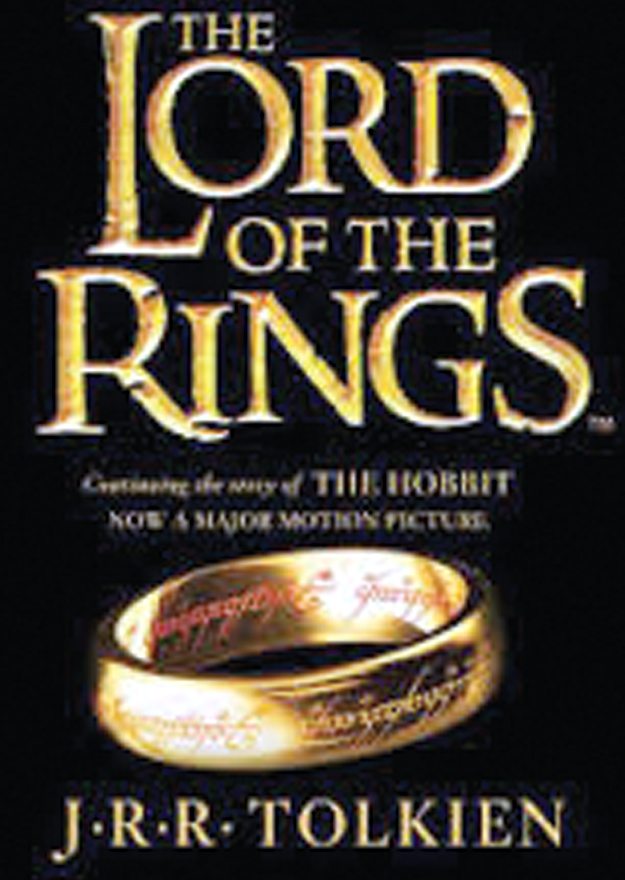
During my teens, started a lifelong love affair with this epic trilogy — probably, the most popular work of all-time from the fantasy genre. That there can be reality in fantasy accompanied the realisation that Tolkien’s Middle Earth is no different from the world that I inhabit. When Bilbo Baggins wonders why, his well-travelled uncle didn’t kill the mean, somewhat schizophrenic, Gollum, when he had the chance, Gandalf advises not to be too eager to dole out death and judgment. Instead, he says, “All we have to decide is what to do with the time that is given to us.” For me Gandalf’s words were strongly reminiscent of my understanding of reality: we ourselves are responsible for our destinies and our journeys in life.
The Year of the Quail by Ines Roberts

In this book, the gifted and acclaimed photographer Ines Roberts takes you through a photographic journey of the first year in the life of a quail. The story, a real life occurrence, is written in the form of a diary in the year 1979 while Roberts was spending a lot of time at home raising her two young children. The overall essence of the book, and perhaps why Roberts created her work, is summarised in the question “Is it our yearning for paradise lost and to be in harmony with nature?” For a nature lover as I claim to be and a bird aficionado in particular, this book was a strong endorsement for continuing my avian pursuits, such as bird watching and then writing about my feathered friends.
In Other Rooms, Other Wonders by Daniyal Mueenuddin
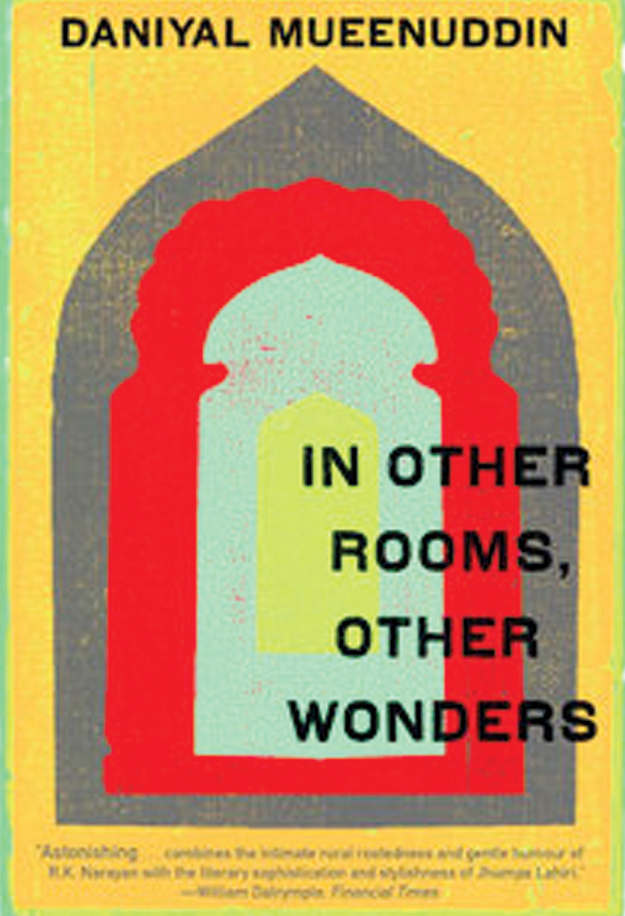
Several years back a friend of mine gave me this book to read. At that time I was unsure what to expect, as I was not a fan of short stories. However, on reading it, I was delighted how the eight stories were linked through one character, KK Harouni, a wealthy landowner in Pakistan. The narratives shed light on a complex interplay in the feudal system with its components of class dynamics, abysmal poverty, über lucre, and gender disparity — all looked at through the cultural context of contemporary fragmented Pakistani society. This book was particularly monumental for me, as it was my inspiration to write brief narratives of my own using the same style.



















COMMENTS
Comments are moderated and generally will be posted if they are on-topic and not abusive.
For more information, please see our Comments FAQ